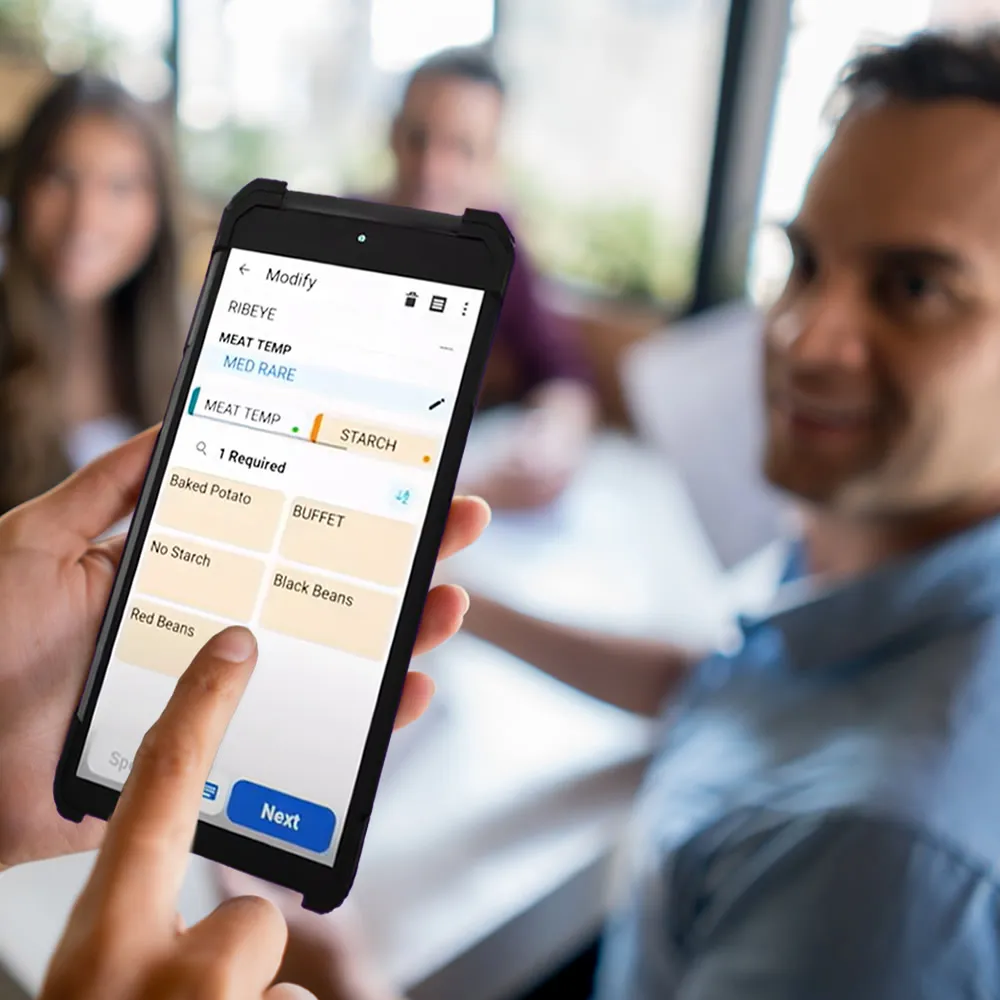Every business practice is centered around one goal: to increase margins to create more revenue. While new customers are key to growth, the loyal customers are the ones that really elevate your brand’s profile. Loyalty pays off. A repeat customer spends nearly 70% more than a new customer. Plus, data shows that 40% of diners would spend more if they were a loyalty member.
So, keeping customers is a great way to grow your business. But getting loyal customers is no easy feat. You can spend hundreds or even thousands of dollars on ways to get people to visit more frequently, but if you don’t implement it well, you might not see that repeat business you desire, which could directly impact your goals of higher margins.
Fortunately, getting loyal customers is within your reach—and it all starts with customer segmentation.
What is customer segmentation?
Customer segmentation is when you divide your customers based on age, gender, spending habits and other factors that affect how they might buy from your restaurant. These factors play a role in your guests’ lifestyle, which will ultimately help you reach them better and more effectively. And your guests want you to know this information. It’s estimated that 71% of consumers feel frustrated when a buying experience is impersonal. When you know your guests well and what their lifestyle might look like, you can better connect with them—and they’ll love your restaurant more for it.
EXPERIENCES MATTER.
71% of consumers feel frustrated when a buying experience is impersonal.
The smartest way to differentiate your customer base is with indicators that impact how they buy: food preferences, average spend, frequency, and/or demographics. This information can be broken down easily if you own your own data because it can help you to maximize your customer loyalty. From there, you can target those groups with relevant messaging.
Related: How to positively influence your customer’s behavior
Two keys to true loyalty
Dividing your guests into separate groups helps you to speak to them. Here are two things you can improve that’ll take your loyalty efforts to new heights:
1. Drive frequency of guests’ visits
You now have segmented lists of your restaurant customers and their traits and spending habits. So how do you connect with them? With the right idea of who your customers are, you can create personas to better categorize your different customer types – all so you can send them timely and relevant messages and offers. For instance, if your data shows that a large portion of your customer base work 9-5 jobs and are frequent visitors for lunch hours, tailored offers and marketing could be:
- A personalized lunch special, which could be just what they’re looking for and get them through your doors again.
- Targeted advertising for a family dinner deal, so they can take their favorite lunch spot home with them for dinner and save time from cooking.
- A marketing email with strategic timing if they haven’t visited for a while or a text around the holidays to entice them to stop by.
- Newsletters to engage with your customers with tailored content for this persona
Knowing your guests’ preferences helps you make messaging more suited for their needs, and the right messaging to the right customers will strengthen your restaurant’s marketing strategy.
2. Boost your guest spend
When a customer loves your restaurant, the food and the service, they’ll want to spend more. What makes them go through with buying is giving them deals they can’t refuse. For instance, running discounts or BOGO offers excite your guests. Or you could promote exclusive menu items during set times to add a layer of time sensitivity. One way to influence a purchase is to run an offer for items that they don’t usually buy but could be something they’d like, such as an expensive item, to increase its sales. You can also do it for items that people purchase frequently.
Another way to get customers to want to buy more is through a points system. If they can get a free item when they reach 500 points, they’ll feel better about buying a large drink or a dessert. Adding an element of gamification to the dining experience creates both personality for your restaurant and as excitement for the guest. They can look forward to seeing what their next points level or reward will be.
Creating brand advocates
With these two factors, you can build a loyalty base. Say you have a guest whose “usual” is an order of their favorite specialty burger and fries with a glass of a local IPA beer. If that customer receives an offer to earn points that will score them a free side of fries or a glass of beer, this might be that deciding factor that entices them to sign up for your loyalty program and better engage with your data platform moving forward. If they have a choice between a restaurant that gives them rewards versus one that doesn’t, they’ll likely opt for the restaurant that not only delivers on the food they love but rewards them for dining there too. And if they get points or personalized offers, they’ll both spend more and return more often. These two elements of consumer engagement give your guests convenient, effective customer service that creates customer loyalty and business success.
To increase your revenue and have truly loyal customers, intelligent segmentation and relevant deals are key. Knowing your customer base is vital to driving an effective loyalty and marketing program. And having technology that can manage the data, offers and messaging can take your loyalty even further. To learn more about how you can improve your consumer engagement, be sure to check out our blog on building customer and brand loyalty for your restaurant.



